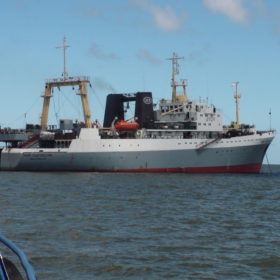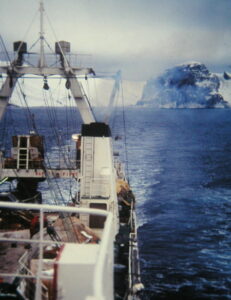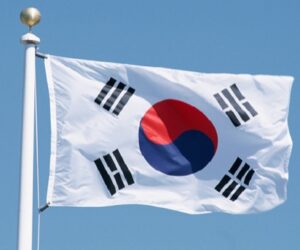|
Econometrical Mathematical Model. In-depth re-analysis of the South Antarctic Krill Industry and Tharos’ 2003-pricing mathematical tool was performed. Porter and SWOT analysis remain strong on the high-competingforces affecting the same market niche where krill meal and krill oil end-producers target as well as many other competing ingredients. For these purposes, the best decision-making tool is needed in order to find the appropriate pricing strategy for such products, the ones that face stiff competition for the same reasons; vast competing ingredients. All actual krill operators were analyzed as well as key buyers, and with them the reasons why to produce one end-product and not the other and why to purchase one against the other. With an average inclusion rate of 5% (w/w dry basis) in meal (rather similar for krill oil), such low value does not allow mistakes on the proper pricing policy each operator should have. The price-predictive model for krill meal and oil uses an econometrical model that include relevant competing ingredients, fuel prices and USA’s GDP through the “Ordinary Least Squares” method. What is the “Ordinary Least Squares” method?? In statistics and econometrics, ordinary least squares (OLS) is a technique for estimating the unknown parameters in a linear regression model. The linear least squares computational technique provides simple expressions for the estimated parameters in an OLS analysis, and hence for associated statistical values. OLS can mathematically be shown to be an optimal estimator in certain situations. OLS can be derived as a maximum likelihood estimator under the assumption that the data are normally distributed, however, the method has good statistical properties for a much broader class of distributions. Accordingly, krill meal’s main explicative parameters are fishmeal, rape oil and soybean meal prices with a squared “r” of 65%. For krill oil, fishmeal and soybean meal are its main explicative variables for a squared “r” of 65%. The regressive variables prices were calculated in order to get the 2010~2014 price estimates through autoregressive models (ARMA). What ismARMA?? In statistics, autoregressive moving average (ARMA) models, sometimes called Box-Jenkins models, are typically applied to time series data. Given a time series of data, the ARMA model is a tool for understanding and, perhaps, predicting future values in this series. The model consists of two parts, an autoregressive (AR) part and a moving average (MA) part. The model is usually then referred to as the ARMA(p,q) model where p is the order of the autoregressive part and q is the order of the moving average part. On a 5-year time-series (2010-2014), feed-grade krill meal and feed-grade krill oil prices remain almost constant or slightly facing a declining curve. Applied this to an 8.000-GRT sized factory trawler handling a pre-set krill meal and oil layout, NPV figures, subject to several other working parameters, can be as low as a US$30MM loss up to a significant (though difficult to achieve) US$120MM gain. An “average-studied-case” a NPV of US$15MM is achievable with an IRR value of 45%. |








